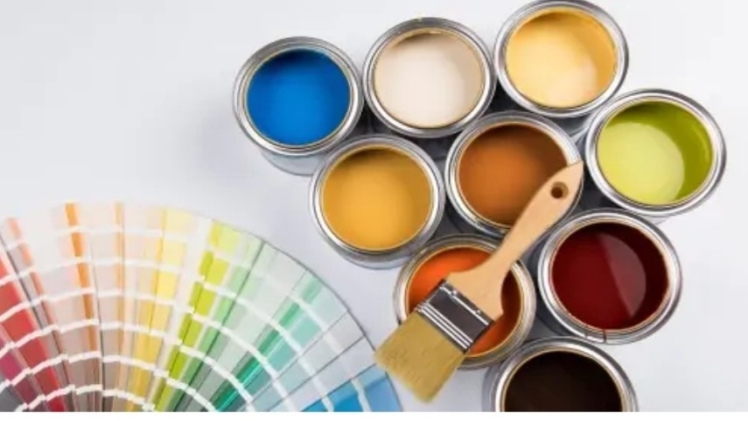When planning to color the walls, it is essential to prepare them beforehand. You must verify there’s no dust, filth, or irregular areas that may interfere with the paint’s adhesion. Showering the surfaces has an important function in preparing the area for paint contact. Any contaminant will damage the connection, increasing the likelihood of the paint peeling off. Here’s a step-by-step HDB painting services Singapore approach on cleaning your walls before coloring your house.
1. Protect the floors
Begin by putting several coats of newspaper or cloths on the floor close to the brick foundation. It is necessary to do so in order to prevent the floor against leaks and dust. Paint doors makes your furniture and floor ugly that’s why you should cover them before painting.
2. Dust the walls
Before you start washing, be sure to thoroughly clean the walls. It will aid in the removal of small dust as well as dirt accumulations. Use the dust sweep connection on your vacuum cleaner to wash the exterior. Patience is required to enable the brush to effectively deal with all of the sand. You may use a pocket cloth to guarantee that every soil piece is removed from the corners. As just an option to cleaning, you may use a clean carpet and a sponge.
3. Prepare the washing solution
Remember that you must constantly clean the walls before coloring. Even though they seem clean, they can contain undetectable oil spills, smears, and bacteria which aren’t good for paint. Take a bucket halfway with warm beaker and pour a little amount of washing or household soap. Add quite enough soap as you need to get a good quantity of bubbles. To make a soapy solution, thoroughly combine all of the ingredients. Wash out a cloth bag, washcloth, or sponge after soaking it in the fluid. Ensure sure the water is tepid since it is more effective at removing grease and peeling off old paint as well as wall art.
4. Start washing
Now as the light dust has been removed, it is time to tackle the harder dirt. Begin at the base of the roof and work your way down in slow circular movements. To stay on top of the places you’ve previously cleaned, you should work with a 1 m piece at a moment. Once you’ve reached the baseboard, go on to the next piece from the top. Using too much water can cause blisters on the surface. You should also avoid applying excessive pressure to prevent harming the coloring area.

5. Tackle stubborn stains
If the color still won’t come out, you can try extra strong weaponry. First is a solution of baking soda. Stir together 1/2 cup vinegar and 1/4 teaspoon baking powder until a smooth paste. Add this mixture on the stains and wait 15 minutes for it to begin. After that, shower. H2o2 is one useful agent. Simply put a few drop in a glass of boiling water and apply to the affected area. Bleach is very effective in removing saliva, alcohol, as well as fruit stains.
6. Remove mildew
Mildew is much hazardous than oils and other colors. The idea was that something has the potential to develop through painted layer and become hideous. To get rid of mildew, use three parts water as well as 1 part bleach. Leave the liquid to rest on the afflicted region for a short time. Then, using a sponges or soft brushes, scrape away the spray bottle and fungus.
7. Rinse and dry the walls
Begin washing the walls after all colors have been removed. Refresh the steamy water in the basin using fresh water. Dip a towel in water and spray it down the ceiling to remove any chemical stains. Avoiding beginning to colour soon after rinsing the wall. Colouring on wet walls causes scorching and poor adhesion.

